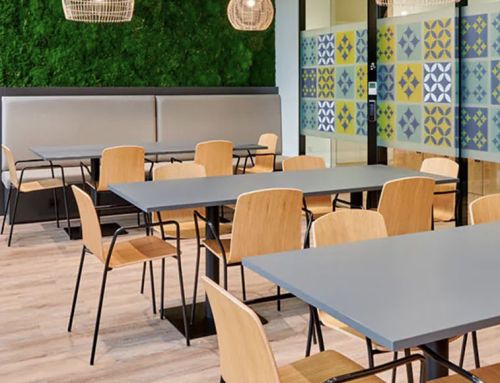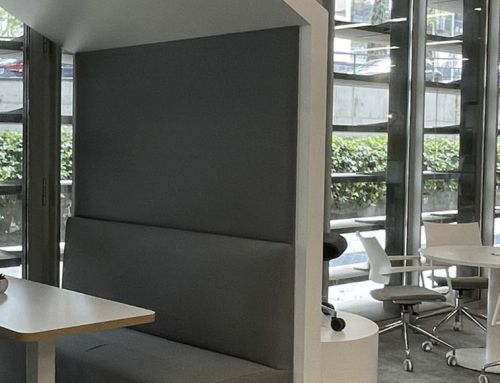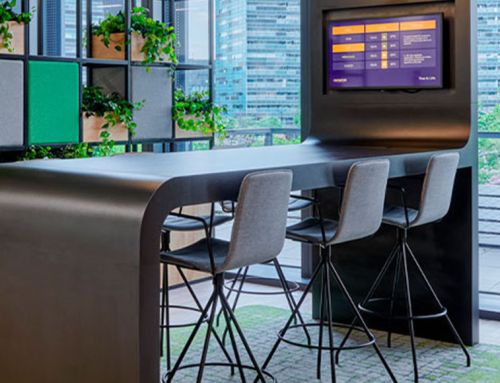Acoustic comfort is one of the factors that most affects the well-being and performance of workers. Noise is one of the most frequent pollutants in workplaces and even at levels far from those that cause hearing damage, it can lead to other effects such as physiological or psychological alterations.
According to the World Health Organization (WHO), environmental noise is the second largest cause of disease worldwide, after air pollution.
Acoustic comfort, we could say, is the noise that does not disturb and allows us to work comfortably. It can be reduced with a good zoning of the office and using soundproofing materials on walls, ceiling and floors, among other actions, but the first requirement in this objective is to respect minimum rules of coexistence that avoid interpersonal conflicts.
Noises are transmitted through the air or the texture of the building. How the human ear perceives sound is directly dependent on the reverberation and absorption levels within the building.
Any assessment of noise exposure in offices should begin with knowing the degree of annoyance expressed by office workers and identifying the source of the noise. In general, four sources of noise can be considered: that coming from outside, that of the building’s facilities, that of office equipment and that produced by people.
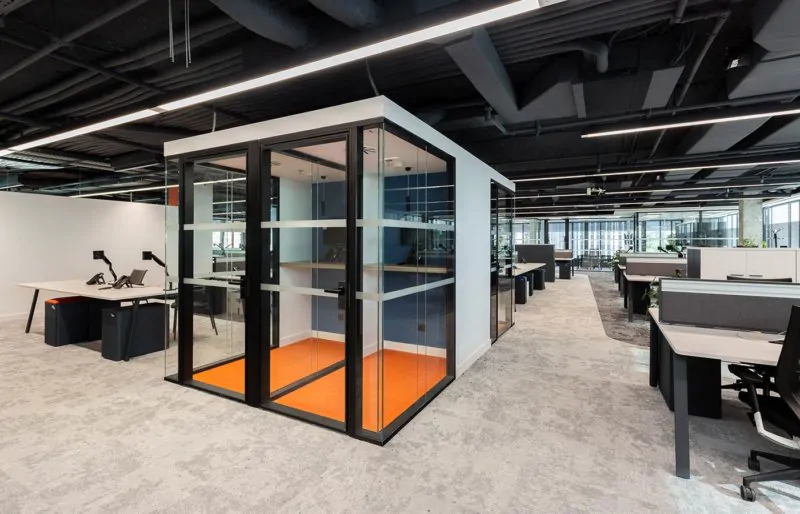
Acoustic comfort, the challenge of new working styles
Good acoustics are not only essential for the health of workers; It is also essential to support new working styles based on communication and teamwork.
The hierarchical forms of communication of the past have become models of fluid exchange. Companies are looking to improve collaboration in their offices while allocating fewer private spaces. But these more social work environments do not help preserve privacy or concentration. The key to finding the balance is to enable different spaces and to understand how different elements can affect the noise level.
How to achieve acoustic comfort in offices
How to achieve acoustic comfort in offices? The main nuisance aspect is conversations. In offices, it is possible to guarantee the reduction of noise from adjacent areas by soundproofing the premises.
In open-plan offices, this can be achieved by acoustic treatment of the ceiling, walls and floors. In these spaces, a very important improvement can be achieved with partition walls.
The partitions separating spaces generate work areas to encourage concentration and avoid noise interference. In addition, they are also practical to differentiate work areas from those that are for rest or informal meetings.
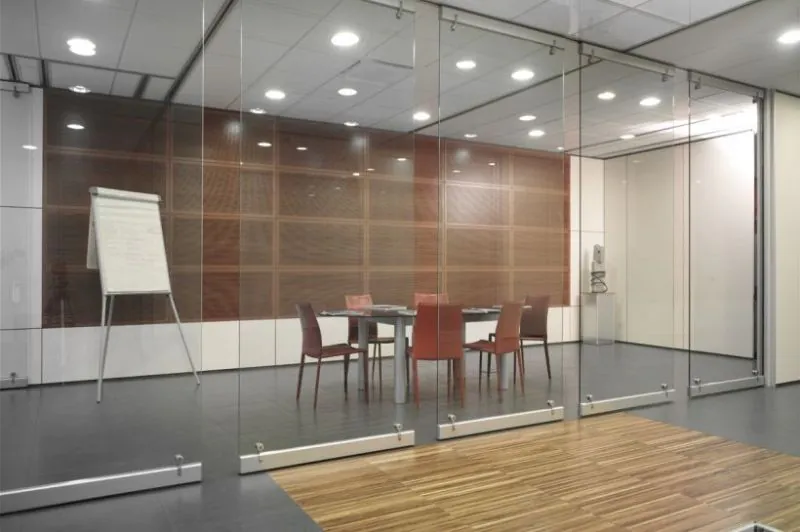
Acoustic comfort in offices is achieved when the workplace provides an appropriate noise level for both fluid interaction and for confidentiality and concentration work.
The key is to analyze who is going to use the space, what degree of privacy is needed at different times and spaces, and how different elements of the office can affect the acoustics. A simple premise is to keep the noisiest areas away from those that need a quieter environment.
Furniture, key in the sound comfort of the office
The selection of panels and furniture is also a very important decision in creating an acoustically comfortable space, both for its materials – the more absorbent the material, the greater the sound comfort will be – and for its arrangement.
The more open-plan a space is, the greater the noise comfort problems. For this reason, furniture that incorporates insulating systems, such as MEET up! by Ofita, perfect for achieving a certain isolation even in the most informal work environments.
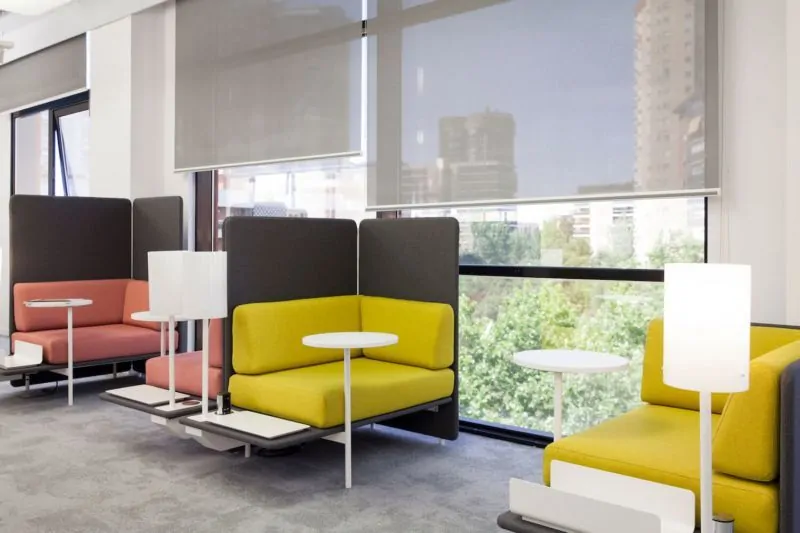
The separator screens are also widely used in different areas, they offer great functionality to the remove some of the sounds around you and, in turn, generate distinct areas with minimal investment.
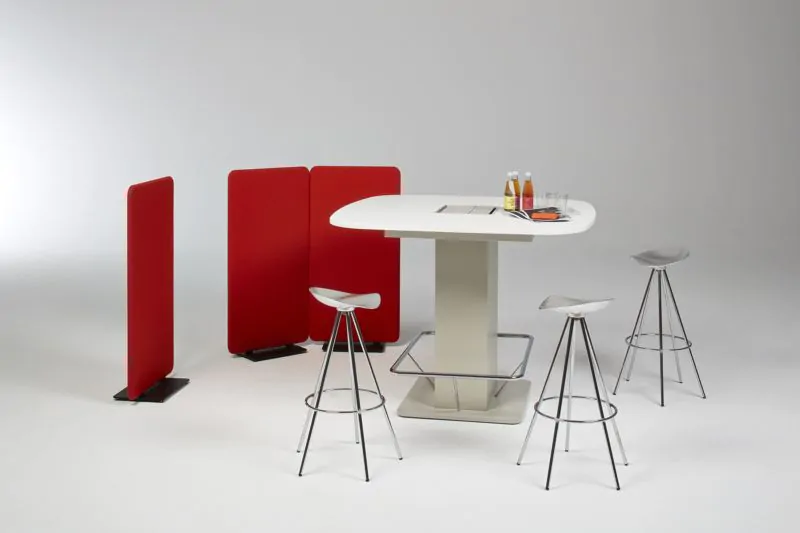
The separators tables Office also provide some level of privacy and a semi – enclosed space that helps concentration.
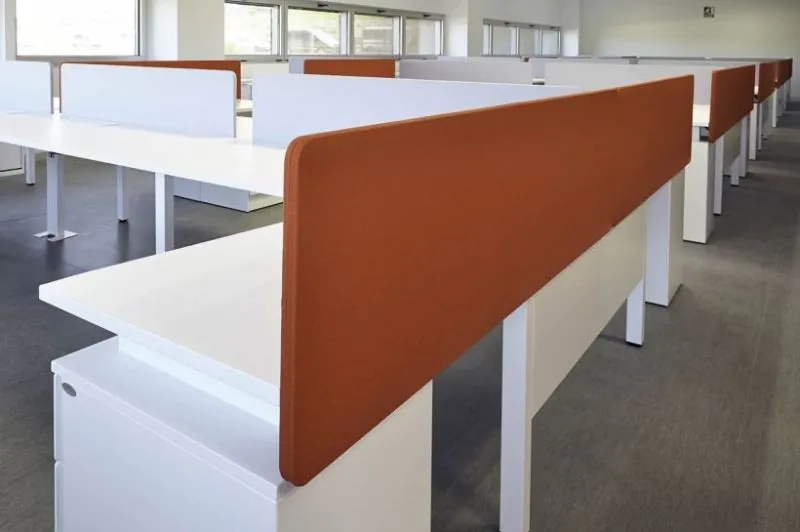
Another element that is more frequent every day in the offices are the soundproof office booths . They create a specialized and controlled microenvironment that eliminates distractions (and can even be used as an office phone booth), increases productivity and protects employees by eliminating bacteria and viruses in the air and on surfaces in a safe, continuous, effective and silent way.
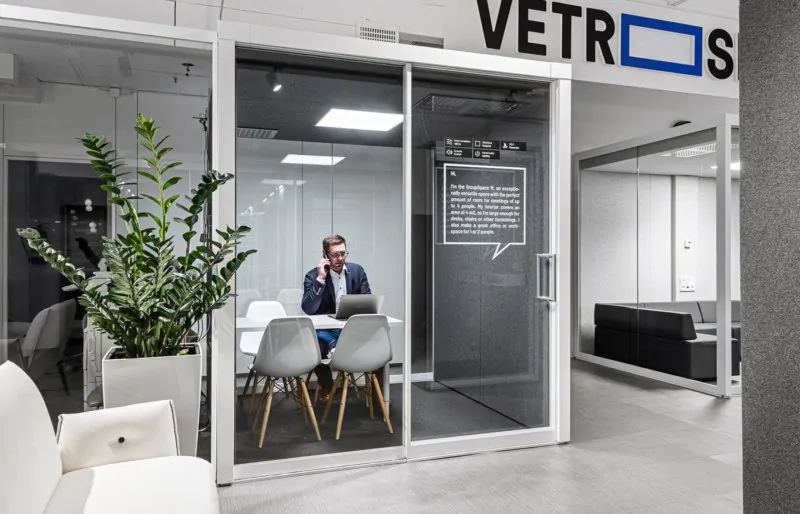
How to integrate acoustic comfort into architecture?
There are many solutions to achieve acoustic comfort in an office, but what is really important is to consider the acoustic comfort / architecture relationship, that is, that sound comfort is a starting premise of the project. The first thing to know is the use of that space.
Despite its difficulty, the theoretical basis is based on two fairly clear techniques: on the one hand, conditioning (better sound) and on the other, soundproofing (less noise).
It is important to analyze the compatibility of the architecture and its context, avoiding locations close to strong sound sources such as roads or factories. Indoors, it is essential to identify spaces with less sensitivity to noise, such as bathrooms, and distribute them so that they are adjacent to noise sources.
The appropriate windows and glass must be chosen, because there are several types considering the proximity of the building to noise sources. It is equally important to select technologically advanced materials. Carpet, ceiling tiles or suspended ceilings, for example, are noise mitigation products.
In short, orient architecture towards the purpose of creating spaces that provide quality of life to its inhabitants.

